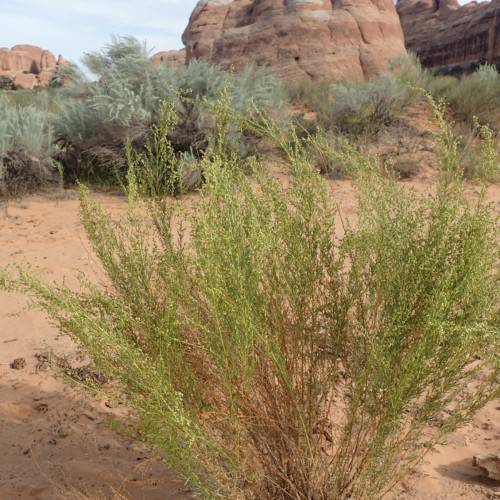
Pacific Wormwood
Artemisia campestris subsp. pacifica
Watering:
Average
Hardiness Zone:
Flowers:
Flowers
Sun:
Sun
Soil:
Sand
Leaf:
Yes
Growth Rate:
Low
Poisonous To Humans:
Yes
Poisonous To Pets:
Yes
Salt Tolerant:
Yes
Invasive:
Yes
Care Level:
Medium
watering
Tallwormwood (Artemisia campestris) should be watered once a week. Drought tolerant, they benefit the most when the soil is kept slightly moist. To water your Tallwormwood, use a soaker hose or watering can and water deeply about 1 to 2 inches. Make sure to avoid over-watering, as they can suffer from too much moisture. Then, allow the top 1 to 2 inches of soil to dry out before watering again. Additionally, consider adding mulch around the base of the plant to help keep moisture in the soil. These plants thrive in full sun and well-drained soil.
sunlight
Tallwormwood (Artemisia campestris) is a plant species that thrives best in direct sunlight. This species of plant does best when exposed to full sun for 6-8 hours each day. For optimal growth and flowering, this plant should be placed in an area that receives direct sunlight in the morning hours, and light shade in the afternoon. This will help protect it from the intense afternoon summer heat. During the winter months, Tallwormwood will do well with less sun exposure, as the days are shorter and the sunlight is not as intense.
pruning
For Tallwormwood, pruning should be done in late winter. During that time, prune back the plant to half its size. This will encourage dense growth. Generally, prune before new growth emerges in the spring. In early summer, pinch off flowering stems to encourage leaf growth and shape the plant. In the fall, prune back any dead, dried, or out-of-shape stems. This will help the plant to stay neat and compact.
